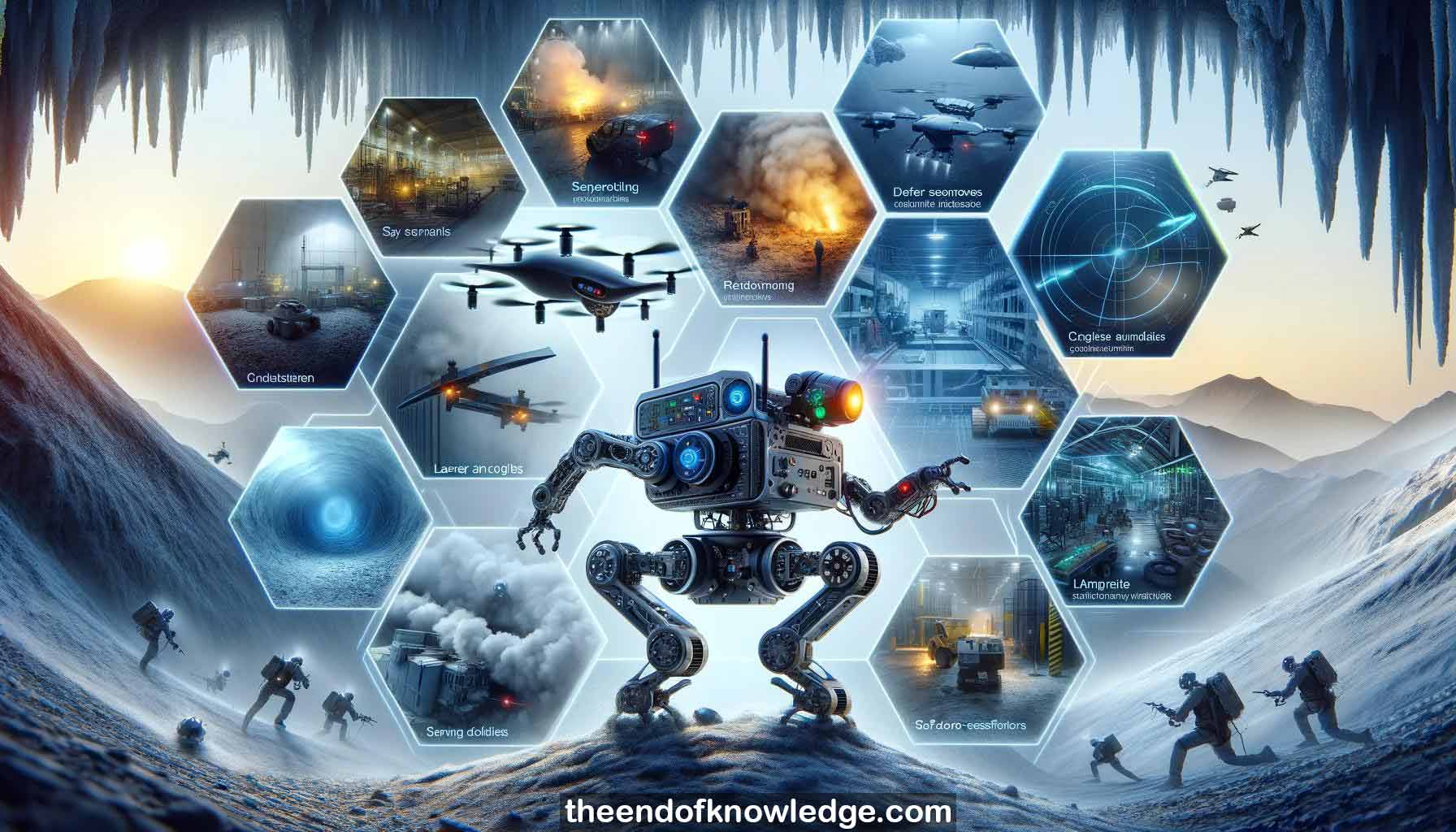 >
>
Concept Graph & Resume using Claude 3 Opus | Chat GPT4o | Llama 3:
Resume:
1.- Autonomous robots can explore extreme environments like caves and glaciers, and inspect critical infrastructure.
2.- Demo: Legged robot and drone working together to explore a two-compartment area on stage.
3.- Robots rely on onboard sensors like laser scanners, radars, accelerometers, gyroscopes and vision systems.
4.- 3D model reconstructed by robot shows the small compartment and overall room.
5.- Safety pilot present but not actively intervening unless needed.
6.- Robots not given prior information about the environment.
7.- Moravec's paradox: What's hard for humans is easy for AI/robots and vice versa.
8.- Humans generalize well, understand risk, remain resourceful despite uncertainty and disturbances.
9.- Goal is to instill resilience across the robot technology stack.
10.- Sensing: How robot perceives environment with various sensors.
11.- Data fusion: Combining sensor data to understand and reason about the world.
12.- Planning: Determining safe, useful actions for the robot to take.
13.- Actuation: Executing planned motions and delivering actions.
14.- Physical embodiment is crucial in robotics, not just intelligence.
15.- Soft drones can sustain collisions and fit through narrow openings.
16.- Quadruped autonomously explored underground mine and mapped it over several kilometers.
17.- Robots can enter unknown areas and generate detailed 3D models without human teleoperation.
18.- Applications in extreme natural environments like caves, forests, under the sea.
19.- Industrial applications inspecting mines, ship ballast tanks, nuclear plants.
20.- Progress made but robots not quite able to seamlessly operate in the wild yet.
21.- Specializing robot design to specific environments and niches is promising.
22.- Computational co-design of robot body and brain, taking inspiration from nature.
23.- Resilient autonomy is challenging but an exciting research endeavor.
24.- Near-term practical robots can inspect infrastructure or even help suppress wildfires.
25.- Public sector funding is crucial to support fundamental research before excellent results emerge.
26.- Speaker's team shipped robots from Norway to Switzerland for the demo.
27.- Drone was built in their lab, modified ANYbotics quadruped carried it.
28.- Resilience is key - dealing with disturbances, uncertainty, generalizing from experience.
29.- Fusing data from multiple sensor modalities to robustly understand the world.
30.- Enabling useful autonomous missions in natural and industrial settings without human teleoperation.
Knowledge Vault built byDavid Vivancos 2024